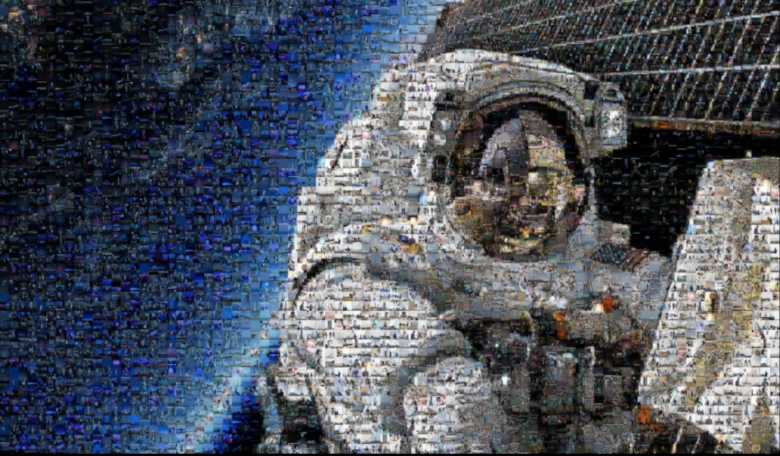When the Expedition 1 crew of Commander William M. Shepherd of NASA, Flight Engineer and Soyuz Commander Yuri P. Gidzenko of Roscosmos, and Flight Engineer Sergei K. Krikalev of Roscosmos left Earth on a journey to the International Space Station on Oct. 31, 2000, this historic first mission would be the start of almost two decades of continuous human presence in low-Earth orbit.
Following the 20th Anniversary of of humans living aboard the International Space Station, NASA and space agencies around the world are using the milestone to underscore achievements in space since the end of deep-space crewed missions in the 1970s and the space shuttle program in 2011.
Those who participated in space station construction find it hard to believe it has been inhabited for two decades, former astronaut Michael López-Alegría said. He has been to the orbiting platform three times and was the last person to visit before permanent missions started in 2000.
"After so many years, it's still in very good shape," López-Alegría said. "The ISS is the most audacious and complex construction project ever undertaken in space. It's pretty amazing that everything fit together perfectly and it all works so well."
Without the space station, humanity may be lacking key knowledge about space radiation, microgravity effects on people and life-support systems for long-term space visits, López-Alegría said. And, he said, living in a relatively low Earth orbit is a crucial step toward missions to the moon and Mars.
"The space station is an integral part of space exploration," López-Alegría said. "We still haven't been able to build reliable life-support systems for a lengthy mission to Mars, such as carbon dioxide scrubbers to keep air breathable for long periods without replacements. The space station is the best place to test things like that."
During his missions to help build and command the space station, López-Alegría amassed 67 hours, 40 minutes on 10 spacewalks, a record for NASA surpassed only by Russian cosmonaut Anatoly Solovyev at 82 hours, 22 minutes during 16 spacewalks.
NASA and Russia cooperated on the space station project after the two nations operated orbiting laboratories -- the US SkyLab, occupied for just 24 weeks with gaps between three missions, and Russia's Space Station Mir, occupied with two short gaps for 12 1/2 years.
NASA has had hundreds of people supporting the ISS program at different times, said Robyn Gatens, the agency's acting director for the space station, including mission controllers in Houston and Moscow.
The orbiting research complex, which spans the length of a football field, is equivalent to a five-bedroom home with a gym, two bathrooms and a 360-degree bay window -- the cupola -- that allows views of Earth. Large arrays of solar panels power its systems, while liquid propellant rocket engines keep it from losing altitude.
The space station, which cost more than $150 billion to build and costs NASA over $3 billion annually, flies at more than 250 miles above the Earth at over 17,000 mph.
More than 240 people from 19 nations have visited the space laboratory and living quarters, with over 100 nations sending research or educational projects.
Around 250 scientific investigations are conducted on the station at any given time, and an expedition astronaut’s usual stay aboard the orbiting laboratory is six-months. The space station serves as a test bed for innovative technologies like recycling waste plastic and carbon dioxide filtration that are critical for long-duration missions on the lunar surface in the Artemis program.
Crew member safety also is important for lunar missions, so data collected from bone scans and eye exams helps inform what happens to the human body in space.
State-of-the-art facilities on board station help NASA increase understanding of what it will take to expand human exploration beyond low-Earth orbit, and microgravity research into protein crystal growth and fiber-optic cables offers scalable commercial opportunities and benefits for humanity.











